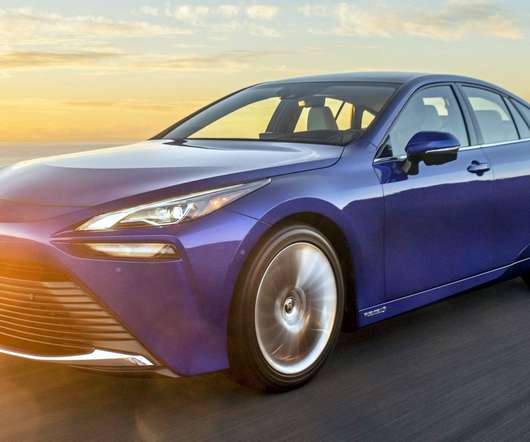Report finds that total transportation energy demand in California in 2050 could be reduced 30% relative to 2005
Green Car Congress
DECEMBER 23, 2011
Total transportation fuel use in California broken down by subsector and fuel type for each scenario: business-as-usual (BAU); plug-in electric vehicles (PEVs); and combined PEVs and fuel cell vehicles (FCVs). Maximum fleet share for PEVs appears to be limited due to two factors. Source: Yang et al.




















Let's personalize your content